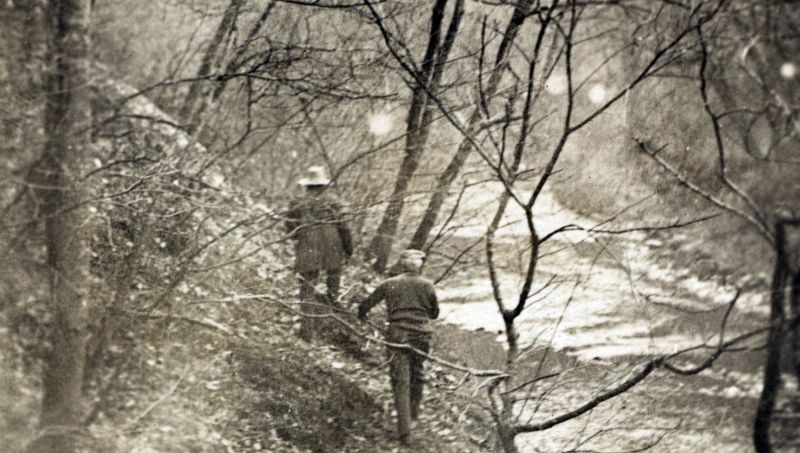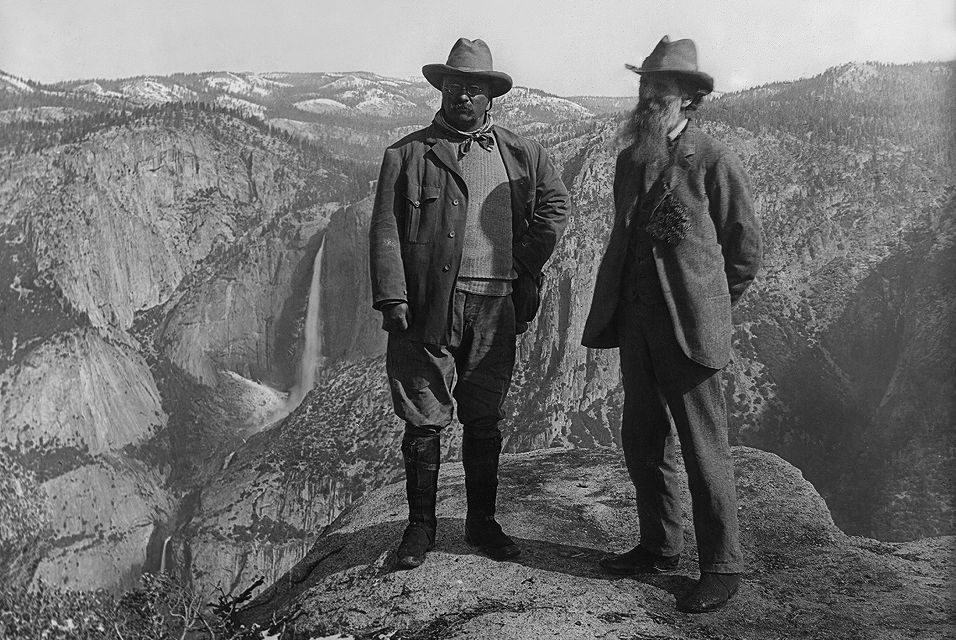Authors:
Historic Era: Era 7: The Emergence of Modern America (1890-1930)
Historic Theme:
Subject:
Winter 2020 | Volume 64, Issue 1


Authors:
Historic Era: Era 7: The Emergence of Modern America (1890-1930)
Historic Theme:
Subject:
Winter 2020 | Volume 64, Issue 1

Many Americans are obsessed with sports, either watching or participating. But few realize that in many ways our nation's fascination with athletics began when a energetic young man, Theodore Roosevelt, occupied the White House. Portions of this essay appeared in Ryan Swanson's fascinating recent book, The Strenuous Life: Theodore Roosevelt and the Making of the American Athlete.
--The Editors
“This is the White House. The president would like to have you to play tennis this afternoon at 4, if you are free.”
Years later, Lawrence Murray still remembered the thrill of receiving this call. Of course, he was free; Murray had recently been appointed assistant secretary of the Department of Commerce and Labor. He was new in town, or at least newly back in town. He also happened to be a decent tennis player. So, suspecting nothing other than some important face time with the president of the United States, Murray showed up at the appointed time and place. But first, he shopped for the occasion. Thus Murray, “a round young man with a pleasant laugh and a calm manner,” looked downright resplendent when he arrived, sporting a brand new, white, “spick and span” tennis getup.
President Theodore Roosevelt, in contrast, wore a brown “army shirt,” thick, well-worn khaki knickers, and black boots. This was the official uniform of “the Strenuous Life,” the athletic crusade for which Roosevelt had become so well known. Roosevelt greeted Murray warmly. Rounding out the playing group were Director of Forestry Gifford Pinchot and Secretary of the Interior James Garfield.

Right away, things went poorly for Murray. Feeling a bit overwhelmed, he prayed silently that he would not be paired with the commander in chief. Too much pressure there. He did not want to bear responsibility for a presidential loss — even if it was only on the tennis court. But when the four men tossed their rackets in the air to select teams, Murray’s and Roosevelt’s landed facing the same direction. Partners.
“I did not know the president at all then, and to find myself his partner in tennis, when I had not had a racket in my hand for months, while he was in good